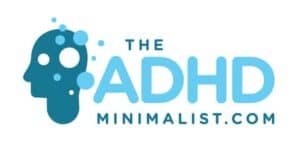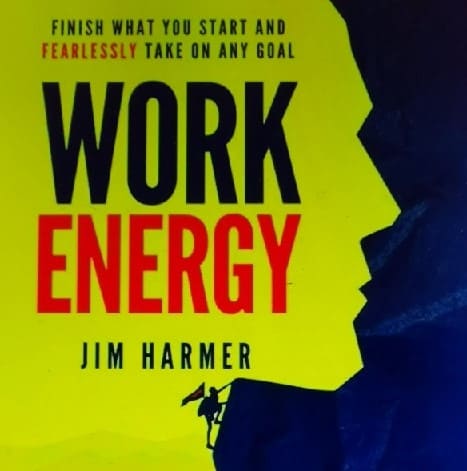
Book: Work Energy
Author: Jim Harmer
Rating: 5 Stars
I always wondered why I didn’t like to play in the traditional sense of pretending to have tea with my girls or chasing my son around the playground.
I probably would have worried about what seemed like a flaw in my character if a friend’s mother hadn’t soothed my worries by explaining that she never enjoyed playing in the traditional sense either.
She raised four kids and assured me that I didn’t have to like to play in order to be a good mother.
A couple of weeks ago I stumbled onto a book called Work Energy by Jim Harmer.
He mentioned that when he discovered what his work energy was he was able to adjust his playtime with his kids to suit his work energy.

In other words, if you know how you function, and what drives you to get things done, you can banish boredom from play.
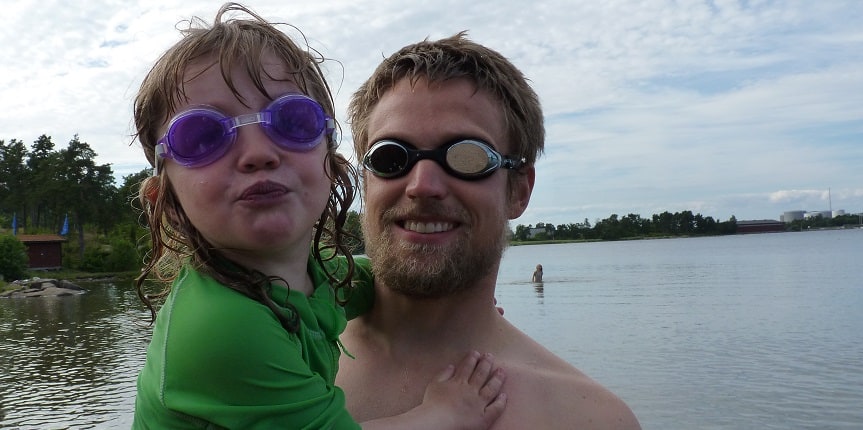
His book resonated with me because I always wondered why I didn’t like to play.
Instead of playing with my kids in the traditional sense. I would naturally invite my kids to bake with me, do craft projects together, or ask them to help my husband and me with one of our projects.
Some of my fondest memories are when the whole family was working together digging in the garden or getting our hands dirty working on some other outdoor project.
I naturally gravitated towards spending time with my kids this way because it fed my work energy.
The problem was that I always felt a little bit of guilt nagging at me. I felt guilty because I didn’t want to pretend I was eating at my daughter’s mud pie cafe, or when I couldn’t get excited about Barbies, Hot Wheels, or dress up!
Of course, I would try my daughter’s mud pies or race Hot Wheels with my son, but I always felt they could see right through me.
It didn’t matter how hard I tried to fool them. When I put on a happy face and tried to look like I was having fun, they always seemed to sense that whatever we were doing, was not mom’s thing.
Jim’s book helped me realize that my work energy comes from finishing projects.
It doesn’t matter if I am landscaping the garden, wallpapering a room, doing a sewing project with my kids, writing a blog post, or cooking for a conference at work. If it is a project with a beginning and an end, I get the greatest satisfaction from finishing and knowing it was a job well done.
Understanding what drives me, and recognizing how I can spend time with my kids doing projects that have an ending, allowed me to wave goodbye to guilt.
I am presently rethinking how I play and spend time with my kids.
When my girls want to play with Barbies, instead of being bored out of my mind while holding a Barbie and trying to think of things for it to say, I suggest we sew a dress for the Barbie.
The sewing project has a beginning and an end, and my girls can learn how to use the sewing machine.
I enjoyed reading about how Jim felt extremely bored tossing a baseball back and forth with his sons. He realized that if he suggested they turn their game of catch into a competition his work energy kicked in and they could play for hours.
‘’Learning my work energy helped me understand how to be a better dad to my kids.’’ Jim Harmer
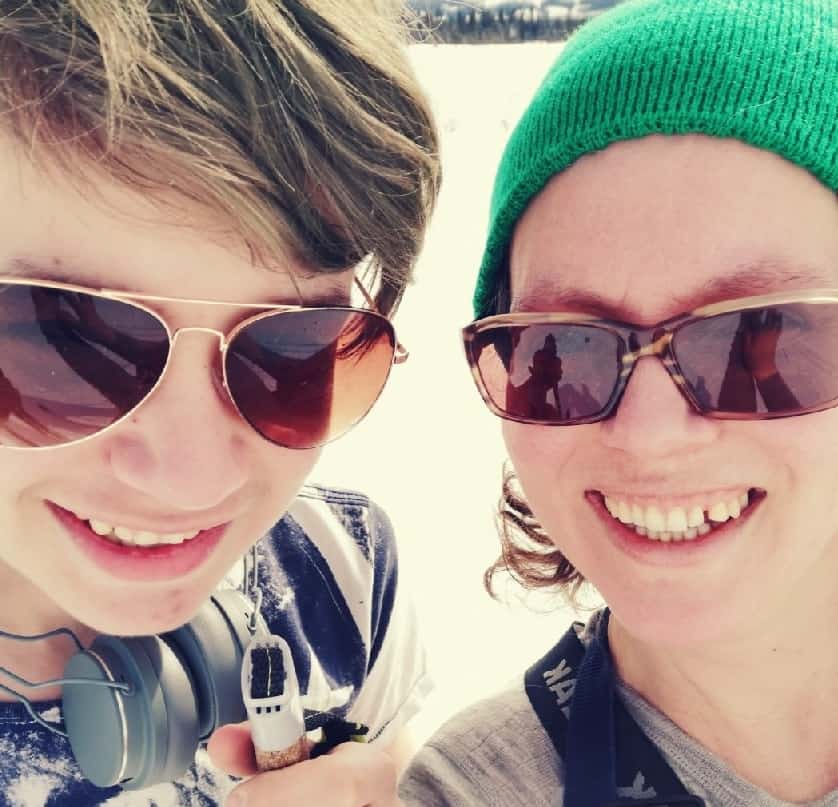
Discovering my work energy
Everyone’s work energy is a unique characteristic of them. Look for what drives you to get things done. What were you doing when you lost track of time or couldn’t stop yourself from staying up half the night to finish a project?
‘’My work energy is achieving measurable things that I perceive others can’t or won’t, so I can get the approval of others. It’s what drives me. Repetition shuts me down because I would have to do things I already know how to achieve or that I perceive as being so easy nobody will praise me for doing them.’’ Jim Harmer
Jim explains that when he and his kids had an obstacle they could overcome together this fed his work energy and he loved every minute of it.
Things like finishing a hard hike, bringing home a game from a hunting trip, or filming for his kid’s YouTube channel presented hard tasks they could figure out and conquer together.
It was not hard for me to identify my work energy. My brother-in-law, who I work with at my part-time job, was always telling me that my husband and I are project people.
He was quick to notice, when we first began working together eleven years ago, that I loved taking on projects that he disliked. I enjoy things like organizing the storage room, deciding what items to send to the dump, wallpapering, taking care of the garden, and baking.
He enjoys people and gets his energy from social interaction. He could spend extreme amounts of time talking to customers and making sure people have a great experience during their time with us.
Over the years we have had a hard time understanding each person’s different approach to work, but the business seems to need each of our unique work energies in order to thrive.
Even though I think some part of me always knew what my work energy was, I was not taking full advantage of it. I did not even realize that work energy was something I could harness and use to my advantage.
Looking back at the ups and downs of my relationships with my work colleagues, things make a lot more sense in the light of our different Work Energies.

Using Work Energy to strengthen parent/child attachments
When I read that you could apply work energy to how you spend time with your kids It was as if Jim’s book gave me the words and concepts to explain my own actions.
I was naturally using some of my work energy to bake and do projects with my kids, but because I didn’t realize why I preferred baking to playing Barbies I could not make sense of why the play activities that I naturally gravitated to gave me satisfaction while other types of play did not.
I was not using my work energy to its fullest potential because I did not understand how it worked.
Reading about how Jim used his work energy to turn a boring game of catch into hours of fun with his kids made me want to do the same.
‘’If you love your kids, but wonder why it’s so exhausting to do things with them that should be enjoyable the answer is you aren’t satisfying your work energy and it’s eating at you.’’ Jim Harmer
Dr. Gabot Maté reminds us in his book Scattered Minds that, if we want our children to know we desire to spend time with them, that we value a deep relationship with them, and that we love and accept them for who they are, we (the parents) need to initiate time together by inviting the child to do something specific with us when the child is not begging for attention.
Attention is given only after whining and nagging will be chalked up to a necessary evil in the child’s eyes.
This will never satisfy the child’s deepest innermost questions. Every kid wonders deep down if they are truly the child their parents desire.
Children want to be loved and desired for who they are without any strings attached and without any requirements for them to change.
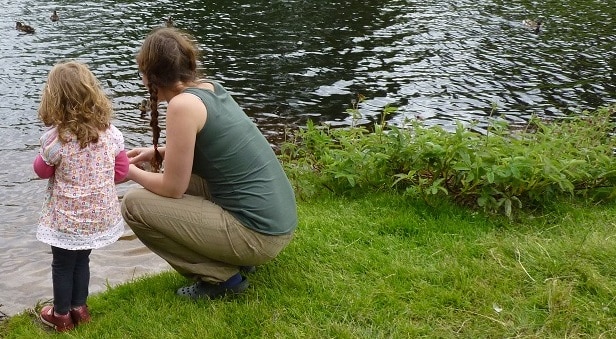
If we understand these concepts we can combine them to our advantage.
If we the parents initiate time with our kids by asking our children to spend time with us in activities that suit our work energy and preferably even our child’s work energy (if they are old enough for you to figure out what that is).
Then you can spend time together doing things that give each of you energy.
The positive energy you get from spending time with someone you love and using your work energy will increase your desire to spend time together. This will create a positive spiral that will let your child know that he/she is desired and loved.
My oldest two children struggle with self-image due to diagnoses. My son Lage (13) has ADHD Attention Deficit Hyperactivity Disorder (predominantly hyper) this combined with hormone changes during puberty has caused periods of panic attacks and symptoms like depression.
On top of all this, he is dyslexic which further complicates his school work.
My daughter Maria (10) has ADHD predominantly inattentive which is the same as ADD. She also struggles with a more extreme form of dyslexia.
We have been inviting our kids into relationships, by asking them to spend one-on-one time with us. Often we ask them to be with us when things are not going well for them when in my child’s words she doesn’t feel lovable.
Of course, it’s important to spend time building your relationship when things are going well, but it’s in those moments when your child feels shame, fear, and the impulse to withdraw that your desire to be with them has the most impact.
We have found that taking time to spend one-on-one with the kids makes a world of difference.
We went on a campaign to spend extra time with our son when he was having an extremely bad year. I was crying daily because I did not know how to help him.
Most of the books I had read about parenting or even parenting ADHD kids backfired. Nothing seemed to help. The doctors took him in for reassessment, but they found nothing new and just offered more medications.
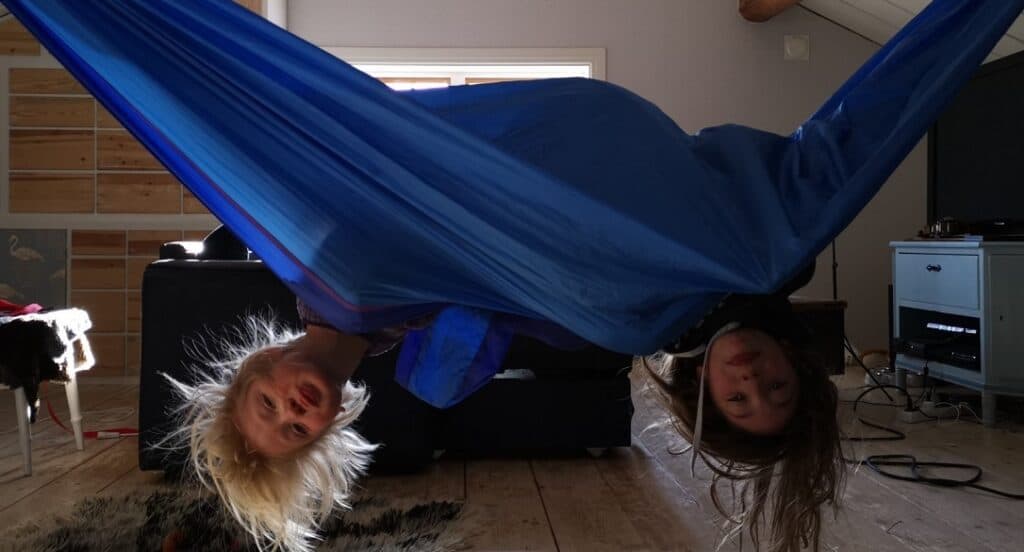
Out of desperation, I fixated on two concepts that I thought might make a difference.
- One was Dr. Gabor Maté’s idea that the attachment relationship with our son was broken and he needed time with us to reattach. https://www.youtube.com/watch?v=UGmADfU5HGU https://www.youtube.com/watch?v=UbiWLLYSZhc https://www.youtube.com/watch?v=_tdljIW86e8
- The second was a way of talking to children that Jennifer Kolari developed called the calm technique, or mirroring on your face how the child feels. This will help decrease the child’s stress and help avoid panic attacks and tantrums. https://www.youtube.com/watch?v=q28IrZq14hk https://www.youtube.com/watch?v=A85guywqbEo
To my amazement, these methods actually worked! It was not a quick fix by any means. It took six months of actively spending extra time with our son before we saw him begin to relax a bit.
Most, if not all children, with ADHD feel an intense sense of shame. This arises not only from being corrected constantly but because more often than not the attachment relationship with their parents has gone awry and deep down the child believes this is his fault.
I am excited to see how attachment relationships can be healed by kicking it up a notch and using our work energy.
No child wants to be invited to spend time together only to sense their parent is bored to death with the selected activity.
I have been trying to match my work energy to activities that my children really like, so when the right moment arises to invite my child to spend time with me I will be ready with ideas that excite us both.

My list looks different from my husband’s Baking is high on my list because that is something I enjoy with all three of my kids.
My girls get extremely excited about craft projects and sewing projects. This suits my work energy perfectly.
My husband’s list is full of outdoor activities like camping, cross-country skiing, and biking.
All children benefit from their parents’ efforts to strengthen the parent/child attachment relationship.
All children will feel more secure in the family and have a greater desire to please their parents when they have a healthy, established attachment relationship.
Children will care less about the opinions of their peers when they no longer need to attach to peers as a substitute for attaching to their parents.

Conclusion
I am not sure at what age you can recognize which work energy drives your kids, but I am definitely on the lookout as I try to observe my own children who are thirteen, ten, and five.
What an amazing advantage we could give our kids if we could teach them how to harness their work energy at an early age!
If you are having a hard time understanding what your work energy is, read Jim’s book. He sends a PDF to everyone who buys the book with questions to help you identify your specific work energy.
He resisted making several categories of work energy types because he found everyone has very specific and unique work energy. In Swedish, you would say he didn’t want to pull everyone through the same comb.
I hope you feel inspired to find your work energy and use it to strengthen your family. Try thinking outside the box as you come up with new and exciting activities you can do with your kids. Here are a few practical steps:
- Find your Work Energy
- Try to identify your child’s work energy. I don’t think I can identify my five-year-old’s work energy yet, but I am trying to identify my thirteen-year-old’s work energy. Observe your kids and ask them questions.
- Make a list of activities that you enjoy
- Make a list of activities that your child finds enjoyable
- Take a good look at the lists. Are there some things that are the same? Are there some items on your child’s list that you can tweak to match your work energy? For example, my suggestion that I help my girls sew a Barbie dress instead of playing with the Barbies, or Jim’s example of turning catch into a competition.
- Make a new list of things you can do with your child that you both like, and which match your work energy as well as your child’s (if you know what that is).
- Look for opportunities to ask your child to spend time with you doing one of these activities when they are not whining and begging for your time.
- Watch out when your child asks you to do a specific activity with them. If you are trying to build your attachment relationship it’s best if the invitation and the idea come from the parent.
If your child makes a suggestion for an activity that you really like the only way to make it count towards attaching is for the parent to act more excited about the activity than the child.
This shocks the child into feeling that the idea came from the parent. Dr. Gabor Maté explains this concept in his book Scattered Minds: The Origins and Healing of Attention Deficit Disorder.
- Enjoy the positive spiral you create!

“Once you understand the work energy formula, you’ll have a fire in your bones that you can turn on and wield as a weapon against any goal before you.” -Jim Harmer
If you liked reading this post please read my post on Limbic bonding. Limbic bonding has been crucial for the health of my son, and it’s so easy every parent can do it! https://theadhdminimalist.com/how-limbic-bonding-transforms-adhd-children/
For more information and other book tips check out the page Our Favorite Resources https://theadhdminimalist.com/our-favourite-resources/
Copyright Annie Eklöv
